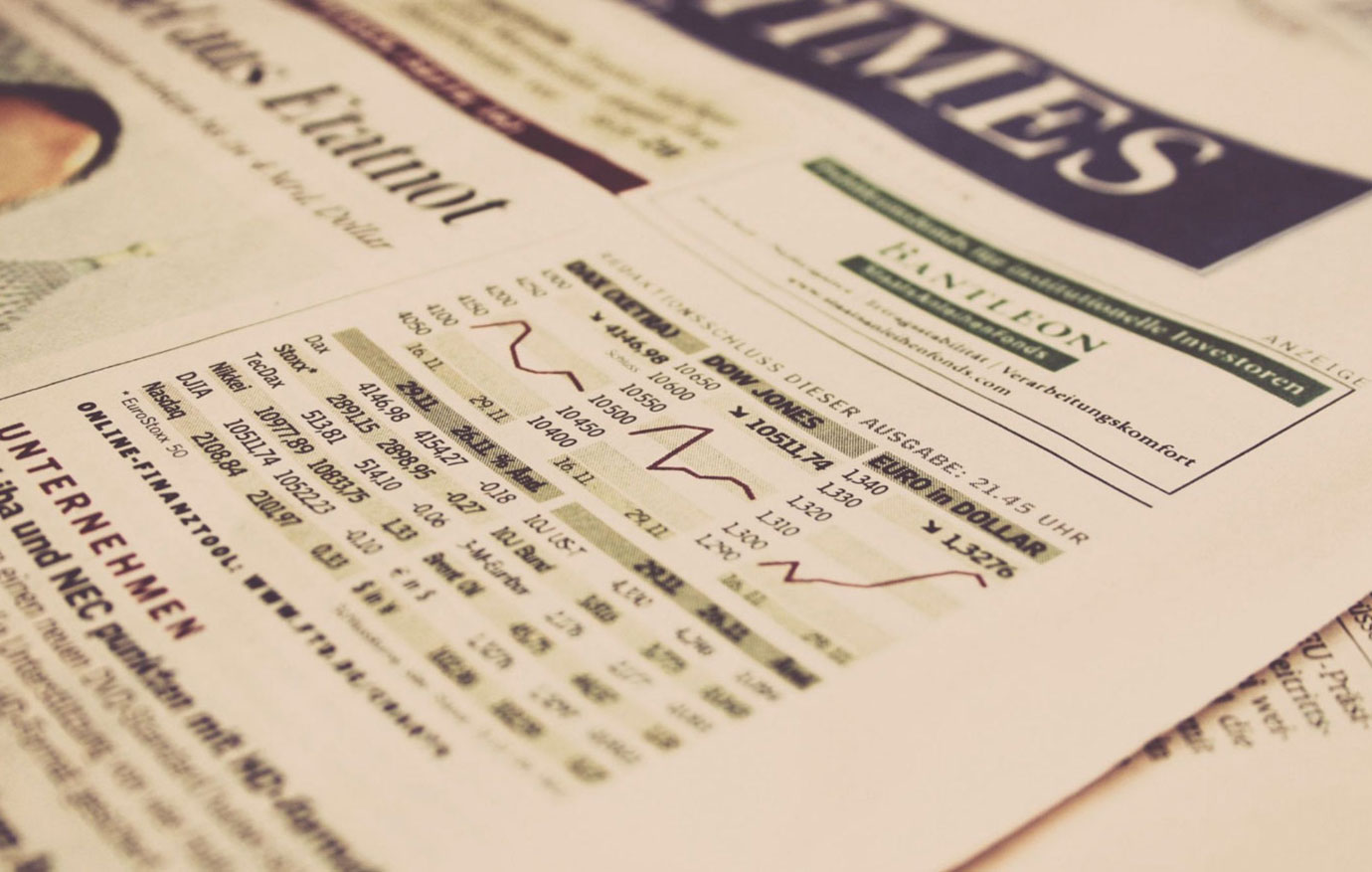
“Transitory” No Longer: Double-Digit Inflation Is Already Here!
The Bureau of Labor Statistics (BLS) and the media reported the inflation rate—that is, the Consumer Price Index‘s rate of increase—to be 1.3 percent for June 2022 and 9.1 percent year over year (for the last twelve months). This shocked markets and investors because economists’ median forecast had been 1.1 percent for June and 8.8 percent year over year. This shock would have been much greater, however, had the annual inflation rate been reported as the CPI’s compounded annual rate of change for the month or quarter. This calculation method would have revealed the stark reality that double-digit inflation is not just a specter looming on the horizon but is here right now. According to computations I made using the interactive economic data website (FRED) of the Federal Reserve Bank of St. Louis (FRB of St. Louis), the annualized inflation rate for June 2022 was 17.1 percent, while for the second quarter of 2022, the rate was 10.5 percent.
Let us compare these two methods of calculating the annual inflation rate using the figures in the preceding paragraph. According to the BLS, CPI changes are “a measure of the average change over time in the prices paid by urban consumers for a market basket of consumer goods and services.” To say that the monthly inflation rate is 1.3 percent, then, means that the CPI increased by 1.3 percent from the month before. Similarly, a year-over-year inflation rate of 9.1 percent means that the CPI rose by 9.1 percent over the past twelve months. This way of calculating the annual inflation rate is backward looking, because the most recent monthly rate is heavily outweighed by the previous eleven months’ rates.
In contrast, calculating the annual inflation rate by compounding and annualizing the most recent monthly or quarterly rate of change in the CPI gives a better idea of what inflation currently is and how it may be trending. For instance, the 17.1 percent compounded annual inflation rate reported above is derived by assuming that the 1.3 percent monthly rate of change for June continues unchanged for the next eleven months. If the monthly inflation rates appear to be volatile, the compounded annual inflation rate for the last three months may also be computed in a similar manner. As noted above, the compounded annual inflation rate for April 2020 to June 2022 was 10.5 percent. In any case, this computation method is forward looking and more useful for analyzing the implications of fresh inflation data and recent events’ likely impact on the inflation trend.
Now this may seem like merely a technical matter, but some forms of data presentation are clearer and more useful than others, especially during a time of rapid inflation. Presenting the inflation rate as a year-over-year calculation obscures shorter-term but substantial fluctuations that may occur and what they portend for the future, especially if inflationary expectations are beginning to become unhinged. Furthermore, presenting inflation data in annualized form permits clear and easy comparison of inflation rates in periods of varying length. For example, up until January 1997, the FRB of St. Louis, which for many years was the most “monetarist” and inflation conscious of the regional FRBs, displayed inflation rates with “growth triangle” in its monthly release (suspended in March 2015), National Economic Trends (NET). The triangle, which resembles an intercity mileage table on a highway map, consisted of compounded annual inflation rates for each of the nineteen immediately preceding months and for all series of consecutive months in that range, totaling 190 rates in all.
For example, at the height of the Great Inflation, the February 1980 issue of NET (p. 4) showed that the annualized inflation rate for January 1980 had spiked to 18.6 percent from 15.8 percent the previous month, from 13.7 percent for the fourth quarter of 1979, and from 11.8 percent for January 1979. This pattern, in conjunction with money supply data, indicated that inflationary expectations were beginning to become unmoored from monetary fundamentals. However, this was not nearly as evident in the year-over-year calculations. The year-over-year inflation rate for January 1980 crept up to 13.8 percent from 13.0 percent the previous month and from 11.3 percent in July 1979, six months earlier.
The FRB of St. Louis altered its method of presenting the inflation rate in the 1990s, but it is not exactly clear why. In August 1991, NET (p. 2), without comment, added a double line graph displaying year-over-year changes in both the CPI for all items and the CPI for all items less food and energy (“the core inflation rate”). The growth triangle displaying compounded annual rates was retained but relegated to a lower position on the page. In January 1997, NET (pp. 1, 8–9) readers were warned that “they may be startled when they open this issue” for they will find that it “has been redesigned from the ground up.” One of the changes was that “Growth triangles are now gone and charts now dominate.” The inflation rate was now reported by the double line graph tracking year-over-year changes in the CPI and CPI less food and energy, as well as a hybrid line/bar graph reporting monthly changes in the two CPIs.
Gone was any presentation of compounded annual inflation rates, which facilitated a grasp of the inflation rate’s latest monthly or quarterly fluctuations and its trend in the intermediate run (12–18 months). The FRB of St. Louis evidently recognizes that many visitors to its site still consider compounded annual rates of change an important tool for organizing and displaying data. Its interactive FRED website permits easy calculation of compounded annual inflation rates. It also features downloadable spreadsheet growth rate macros: “These following macros are provided by the Federal Reserve Bank of St. Louis so that users can generate their own triangle tables to show compounded annual rates of change.”
As a footnote, about a year ago, supply-side economist Alan Reynolds published an article in which he argued “year-to-year changes in the CPI … can mislead about both recent news and trends” but seemed resistant to the idea of computing and monitoring compounded annual inflation rates. He recommended instead what he believed to be the “more timely and less bewildering alternative [of] simply monitor[ing] monthly changes over several months.” But surely, merely converting monthly or quarterly rates to compounded annual rates does not distort or obfuscate the data and makes it easier to visualize inflationary trends over intermediate periods.



